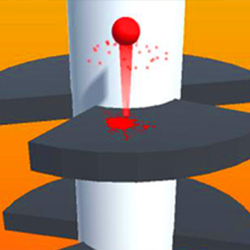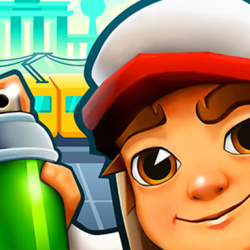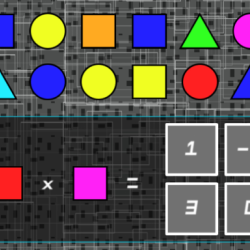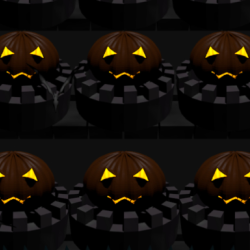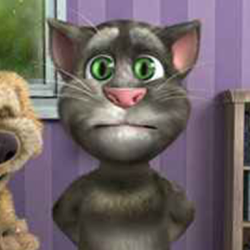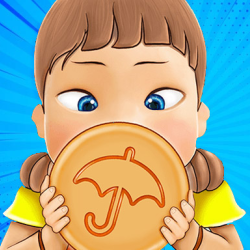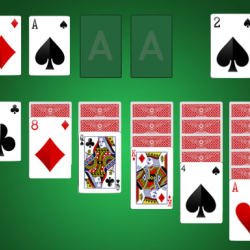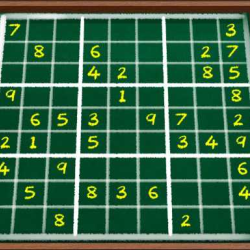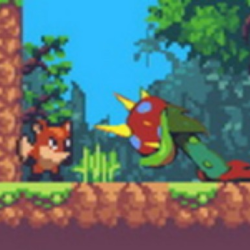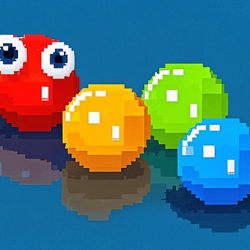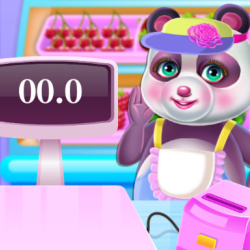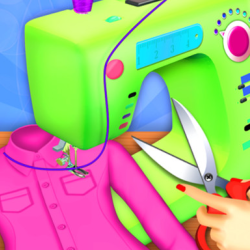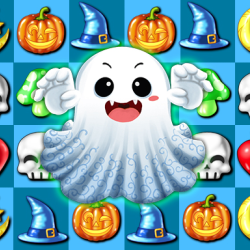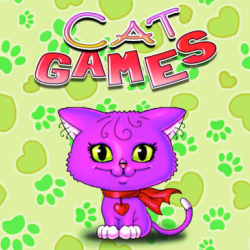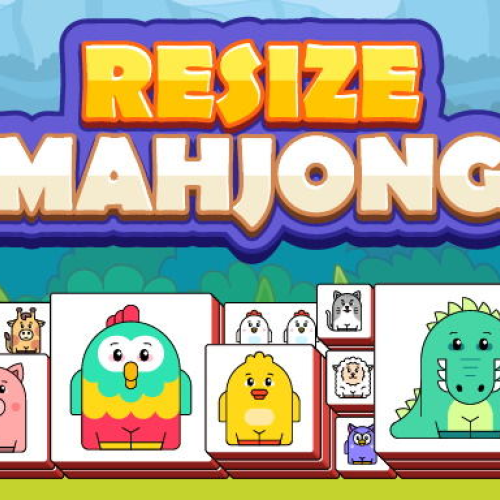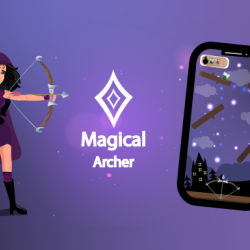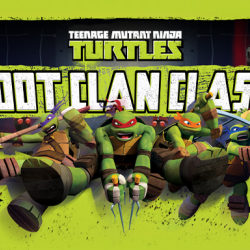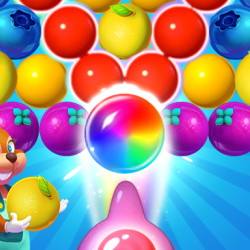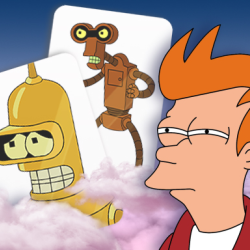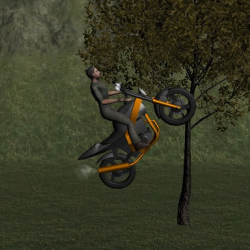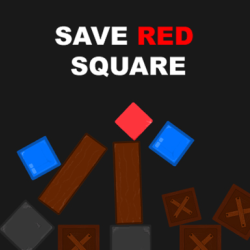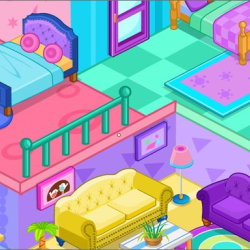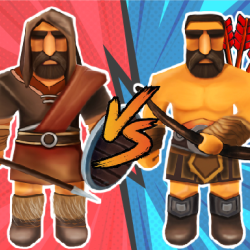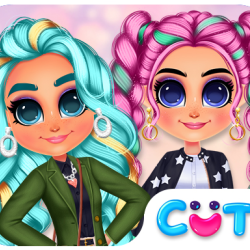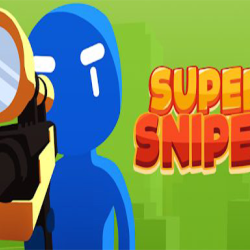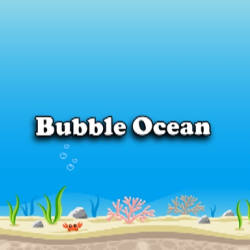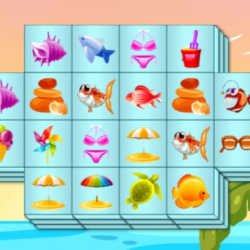Anime Girl Card Match
Control
A term that emerged to describe certain enthusiasts in the United States is *wapanese*, referring to White individuals who idealize or aspire to adopt Japanese cultural identity. This concept later evolved into the term *weeaboo*, often used to characterize those with an intense, sometimes exaggerated fascination with Japanese anime and related subcultures. Both labels reflect cultural commentary on the intersection of fandom, identity, and cross-cultural appropriation.
Description
Anime, occasionally referred to as Japanimation, encompasses hand-drawn and computer-generated animation originating in Japan. The term itself stems from the English word *animation*, though in Japan it broadly describes all animated media. Internationally, it often specifically denotes works produced in Japan or those embracing its distinct visual language—marked by vivid colors, dynamic characters, and imaginative narratives. This cultural flexibility allows the term to occasionally extend to non-Japanese works sharing stylistic ties. Japan’s earliest commercial animations debuted in 1917, but the iconic aesthetic associated with anime took shape in the 1960s through pioneers like Osamu Tezuka. Over subsequent decades, the medium cultivated massive global and domestic followings. Anime reaches audiences via theaters, television, home media, and digital platforms, with many series and films adapting existing manga, light novels, or video games. Its production techniques have evolved alongside technological advancements, blending traditional artistry with modern tools. As a multimedia form, it merges detailed background art, expressive character design, and cinematic methods like dynamic camera angles, zooms, and layered perspective. Movement fluidity often takes a backseat to rich environmental detail and emotive storytelling, while character designs vary widely—from exaggerated, large-eyed figures to more anatomically grounded portrayals. Spanning countless genres, anime caters to diverse audiences, offering everything from mainstream action to niche experimental stories.
